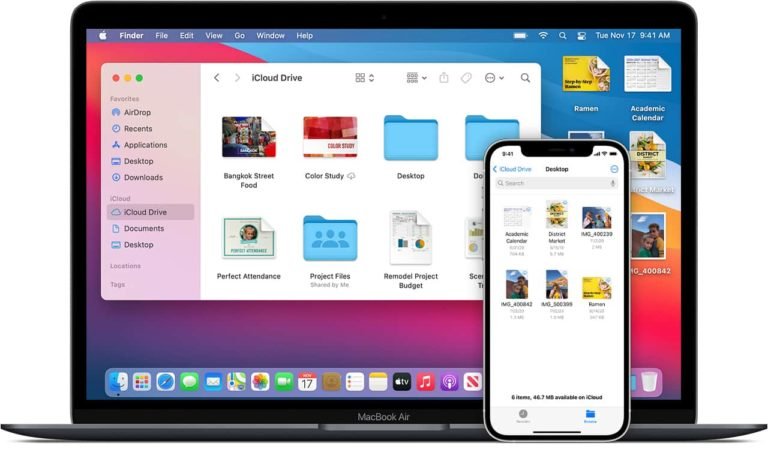Effective Talent Management Strategies
In the competitive landscape of today’s business world, effective talent management is a critical component of organizational success. Attracting, developing, and retaining top talent can significantly impact a company’s ability to innovate, adapt, and achieve its goals. This article explores key strategies for effective talent management that organizations can implement to build a high-performing and engaged workforce.
Align with Organizational Goals
Effective talent management begins with aligning workforce planning with organizational objectives. Understand the skills and competencies required to achieve business goals, and plan talent acquisition and development accordingly.
Anticipate Future Skill Needs
Anticipate future skill needs by staying informed about industry trends, technological advancements, and shifts in market demands. Proactively identify the skills that will be crucial for the organization’s success and plan talent acquisition strategies accordingly.
Employer Branding
Invest in building a strong employer brand to attract top talent. Clearly communicate the organization’s values, culture, and commitment to employee development. A positive employer brand enhances the organization’s appeal to potential candidates.
Streamlined Onboarding Processes
Ensure a seamless onboarding process for new hires. A well-structured onboarding program sets the tone for a positive employee experience, accelerates time-to-productivity, and fosters a sense of belonging within the organization.
Invest in Training Programs
Prioritize employee development by investing in training programs. Provide opportunities for continuous learning and skill development to keep employees abreast of industry trends and technologies.
Individualized Development Plans
Create individualized development plans for employees. Tailor training and learning opportunities based on each employee’s strengths, aspirations, and areas for growth. This personalized approach enhances engagement and contributes to long-term career satisfaction.
Regular Performance Reviews
Implement regular performance reviews to provide constructive feedback. Establish clear performance expectations, and regularly assess employees’ progress toward goals. This process facilitates ongoing communication and helps employees understand their contributions.
Real-Time Feedback Mechanisms
Incorporate real-time feedback mechanisms to provide timely and actionable insights. Emphasize continuous feedback rather than relying solely on annual reviews, fostering a culture of constant improvement and development.
Identify Key Positions
Identify key positions within the organization and develop succession plans for critical roles. Ensure that there is a pipeline of talented individuals who can step into key positions in the event of promotions, retirements, or unexpected departures.
Leadership Development Programs
Implement leadership development programs to groom potential successors for leadership roles. These programs can include mentorship, executive coaching, and exposure to leadership challenges to prepare individuals for higher responsibilities.
Foster a Positive Work Environment
Create a positive work environment that values employee well-being. Foster a culture of inclusivity, recognition, and open communication. A positive workplace culture contributes to higher employee engagement and retention.
Employee Surveys and Feedback
Regularly gather employee feedback through surveys and other mechanisms. Use this feedback to identify areas for improvement, address concerns, and tailor engagement strategies to meet the specific needs and preferences of the workforce.
Embrace Flexibility
Offer flexible work arrangements to accommodate diverse employee needs. Flexibility in work hours, remote work options, and alternative schedules can enhance work-life balance, reduce stress, and contribute to employee satisfaction.
Results-Oriented Performance Metrics
Shift focus from traditional time-based metrics to results-oriented performance metrics. Evaluate employees based on outcomes and contributions rather than strict adherence to traditional work hours. This approach encourages autonomy and productivity.
Create Inclusive Policies
Implement inclusive policies and practices that celebrate diversity. Ensure that talent management strategies prioritize diversity and actively seek to eliminate biases in recruitment, development, and promotion processes.
Diverse Leadership Representation
Strive for diverse leadership representation within the organization. A diverse leadership team brings varied perspectives, enhances innovation, and signals a commitment to inclusivity.
Leverage Talent Analytics
Utilize talent analytics to gain data-driven insights into workforce trends. Analyze employee performance, engagement levels, and retention data to identify patterns and inform strategic decision-making.
Predictive Analytics for Succession Planning
Explore predictive analytics for succession planning. Use data to identify high-potential employees, assess readiness for leadership roles, and make informed decisions about talent placement and development.
Conclusion
Offer competitive salaries that align with industry standards. Ensure that employees feel adequately rewarded for their contributions and recognize the link between compensation, performance, and retention.







